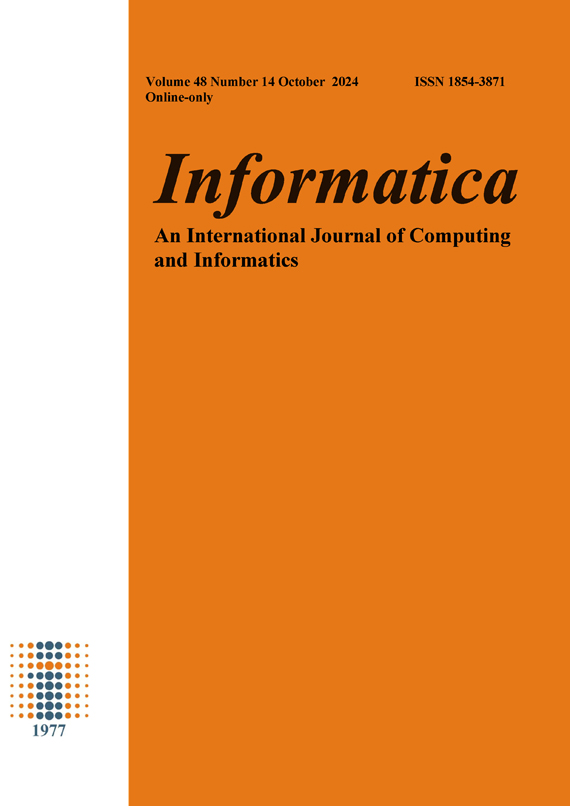Application of Virtual Reality Technology and Intelligent Robot in Architectural Heritage Protection
Abstract
With the change of time, many famous buildings in history have evolved into objects that need to be protected, and the protection of architectural heritage is gradually paid attention to by people. Virtual reality technology has broad development prospects in industrial simulation, product display, architectural heritage protection and other aspects. Using virtual reality technology and intelligent robot to deal with the current architectural heritage protection problems, its advantages are: intelligent robot is a direct embodiment of the development of modern society; However, modern buildings are mostly wooden structures, which will accelerate the demise of buildings due to uncertain factors such as age, improper maintenance, technical limitations, tourist touch and corrosion of natural environment. In this context, this article through to the contemporary construction of multi-dimensional analysis, exploration and research, reference data, comparison and analysis of different types of digital preservation method, pointed out that the use of intelligent robot technology to save modern buildings, can not only reduce the man-made damage of existing buildings, and can effectively relieve damaged architectural heritage protection. VR technology can collect relevant information and maintain it, greatly reducing the damage caused by frequent visitors, while also allowing more viewers to watch without affecting residents. The audience can experience the difference between the virtual way and the personal experience, by thinking about the traditional digital expression way. Until today, some modern buildings still retain the breath of people's life, those precious buildings are constantly seen by tourists, tourists touch, step on and take photos of the footprints will have an impact on themselves. In this paper, virtual reality technical data of indoor, outdoor and aerial photography are collected on site to show the dimensions, original appearance and details of architectural heritage as much as possible in the form of reverse model, which has relatively important historical significance and practical value.DOI:
https://doi.org/10.31449/inf.v48i14.6068Downloads
Additional Files
Published
How to Cite
Issue
Section
License
I assign to Informatica, An International Journal of Computing and Informatics ("Journal") the copyright in the manuscript identified above and any additional material (figures, tables, illustrations, software or other information intended for publication) submitted as part of or as a supplement to the manuscript ("Paper") in all forms and media throughout the world, in all languages, for the full term of copyright, effective when and if the article is accepted for publication. This transfer includes the right to reproduce and/or to distribute the Paper to other journals or digital libraries in electronic and online forms and systems.
I understand that I retain the rights to use the pre-prints, off-prints, accepted manuscript and published journal Paper for personal use, scholarly purposes and internal institutional use.
In certain cases, I can ask for retaining the publishing rights of the Paper. The Journal can permit or deny the request for publishing rights, to which I fully agree.
I declare that the submitted Paper is original, has been written by the stated authors and has not been published elsewhere nor is currently being considered for publication by any other journal and will not be submitted for such review while under review by this Journal. The Paper contains no material that violates proprietary rights of any other person or entity. I have obtained written permission from copyright owners for any excerpts from copyrighted works that are included and have credited the sources in my article. I have informed the co-author(s) of the terms of this publishing agreement.
Copyright © Slovenian Society Informatika










